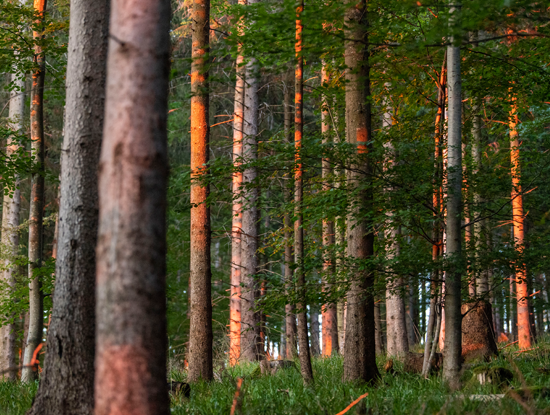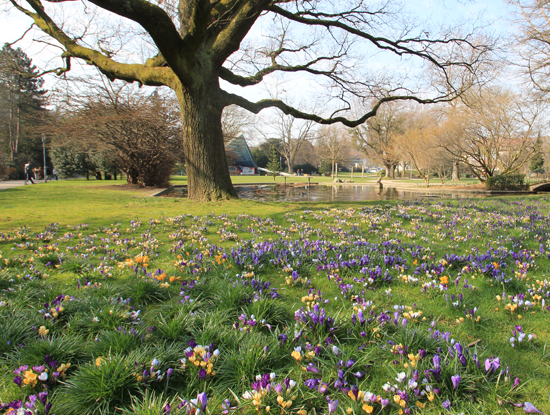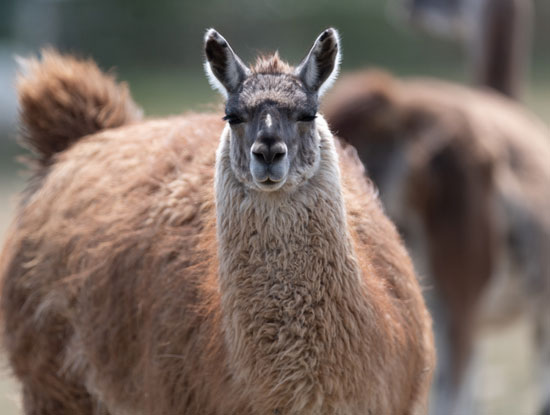Forest, forestry, and green spaces
The City of Freiburg’s cultural and economic development, as well as how the people who live here see themselves, have been shaped for centuries by the city’s geographic location in the Upper Rhine Plain at the foot of the Black Forest. The core city is surrounded to the east and south by forested slopes stretching as far as the Rosskopf, Schauinsland, and Schönberg mountains, and to the west by the flat moss forests shaped by groundwater and deciduous trees. Due to the diversity of natural habitats and the various, partly historical forms of management, the municipal forest boasts an exceptionally large number of forest biotopes and plant and animal species. As owner of more than 5,000 hectares of forest, the city itself manages most of these tracts of forest and has maintained its own municipal forestry office since 1835. The tasks of this office include preserving this diverse, near-natural ecosystem, using wood as a regional and renewable resource, and shaping the municipal forest to ensure that members of the public can access and experience it as a unique space for recreation and leisure. These wide-ranging functions and the great potential of the municipal forest are the reasons for its major significance concerning environmental, climate, and social policies. The forest’s diversity and beauty attract many visitors, making it an important location factor for the city.
Freiburg is a green city. Each year, thousands of tourists discover this for themselves when they look out over the city from the Schlossberg tower or from “Kanonenplatz” on the Schlossberg. Local citizens have long been aware of the quality of their green city and treasure it. Tree-lined streets run through the city neighborhoods like green veins. Lots of green islands are scattered across the entire metropolitan area, inviting people to go for a stroll and unwind. Freiburg’s numerous parks complement everything from playgrounds and garden plots to skate parks, soccer fields, and slackline areas.



